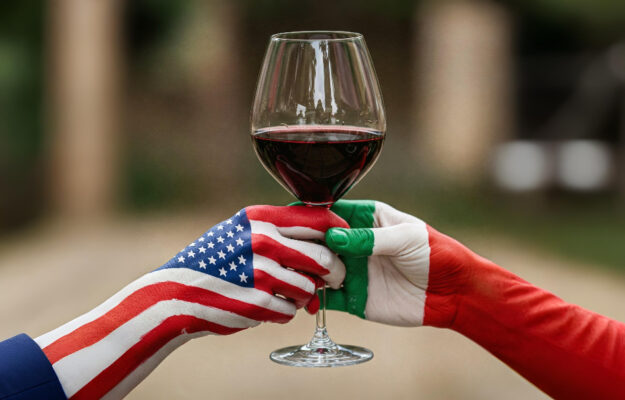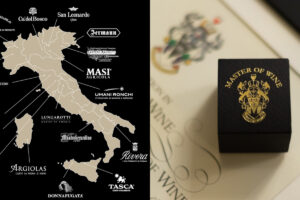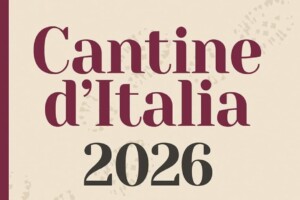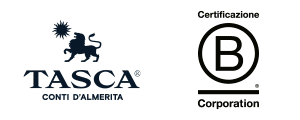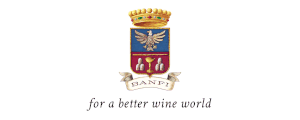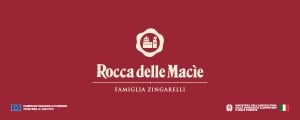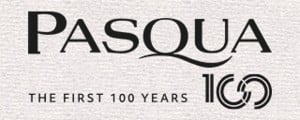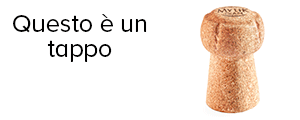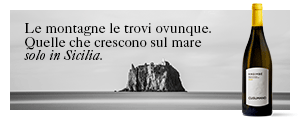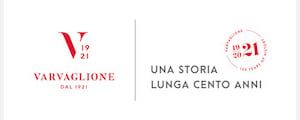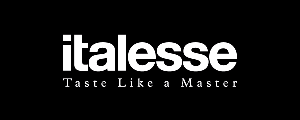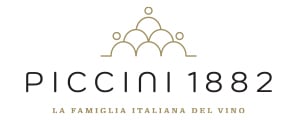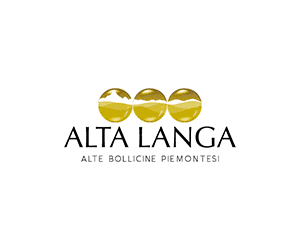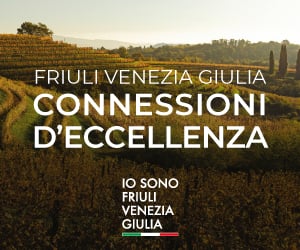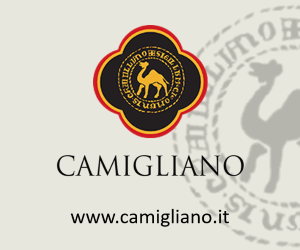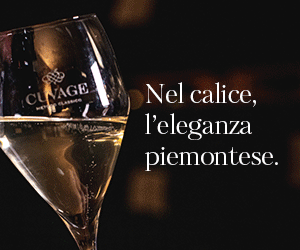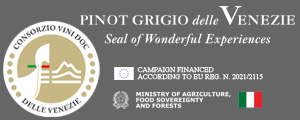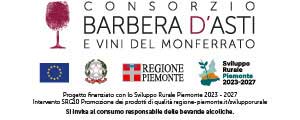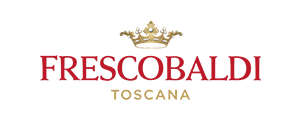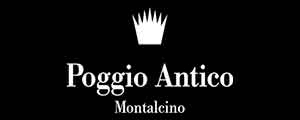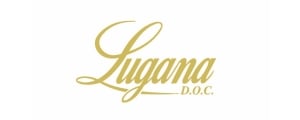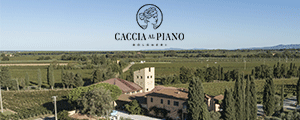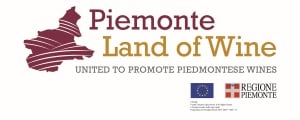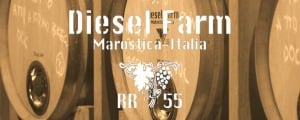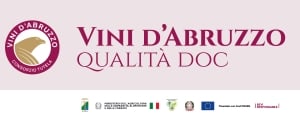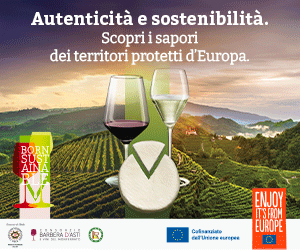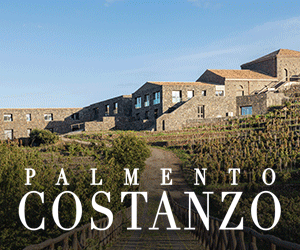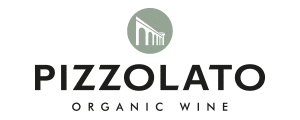Among those who don’t fear great impacts, and those who declare to be worried, who hopes in a sudden (but, up to today, improbable) about face of unpredictable Trump, and who fears even a worsening between who looks only to the sector impact on wine, and who takes into account a recessive shock of the entire world economy, we said a lot about Usa duties (starting from the American “road map” for the come into effect, and from the decisive answer, up to today, by Eu), and, obviously, we will continue to do that, if not because the Usa are the first market of Italian wine in absolute with 1.9 billion of euros in 2024, from which the fate of many wineries and Italian territories depend (and, of which, during the days of Vinitaly 2025 in Verona, we collected the sentiment). But, there is also someone who tried to make calculations on what will really happen to bottle prices on market, according to two different scenarios, one more favorable to trade, and one which would go meet consumers more, starting from the fact that “Three-Tier System”, which the mandatory supply chain foresees, producer-importer-distributor-retail (with rules changing also from state to state, ed), actually, sees the cost of bottle multiply for 5 times in the path from Italian winery to American consumer. As Luca Castagnetti, of Studio Impresa, specialized in consultancy in business internationalization, according to which the reading for WineNews, “duty has to “slide” forward and not multiply. With an impact of duties of a bottle leaving from Italy at 4 dollars, and which today arrives at the shelf at 20, therefore, it could be important, and, therefore, of other additional 4 dollars arriving to 24 at consumption, or of “only” 0.8 cents, and, therefore, bringing the price to 20.8 if American trade (not easy and taken for granted thing) will collaborate.
“To cope with one of the most difficult market crises caused by choices of economic politics of the Usa, it is necessary to develop plausible company scenarios which help all to understand, and represent what is really happening: the only road to take useful decisions. In the many dialogues of these days, at Vinitaly, with many producers and their partners of American distribution – explains Castagnetti – a great confusion reigns. Also the uncertainty of the announcements of temporary suspension of duties, immediately denied by the White House, but also by the more or less aware attempts to minimize the difficulties of the moment from some parts of Italian wine system foster this difficult situation. Figures help us understand the effect of duties, the possible consequences, but also the possible solutions to a situation which, otherwise, risks to become dramatic”. Today, still explains Castagnetti, with“Three-Tier System”, “the supply chain appears as a great matrix in whose lines, the single bottles are found, each one characterized by its specific base price, and in whose columns, prices, result of a multiplication, are reported”. And, in this way, a wine for which the importer pays 4 dollars a bottle by Italian producer, it is multiplied for 2, and it is sold to the distributor for 8 dollars, which, then, sells to the retailer at 13 dollars, and which recharges it, at his/her turn to the end consumer at 20 euros with an overall multiplier, therefore, of 5 times.
“Now, with the introduction of a duty of 20% - still explains Castagnetti – a negotiation among parts begins to define what should happen in the different passages. Many producers tell us that their distributors don’t intend to modify their margins easily, and, consequently, multiplier remain fix. Therefore, two solutions emerge. One in favor of the margins of supply chain, with the duty, therefore, multiplying in the various passages, with the importer, who, on the hypothetical bottle pays 0.8 dollars more which become 4 more for the end consumer, and, therefore, with the bottle exiting at 4 dollars, and arrives to the shelf at 24 dollars. On the contrary, the second solution is that seeing the duty “sliding” forward, and is payed in each passage as fixed sum, in the example case 0.8 dollars, therefore 4.8 dollars from winery to importer, 8.8 dollars from importers to suppliers, 13.8 dollars from supplier to retailer, 20.8 dollars to end consumer”, explains Castagnetti. Who adds: “it is easy to understand how, in the first case, the supply chain generates an additional cost of 3.2 dollars per bottle necessary to maintain unchanged the percentage margin to every passage, while, in the second case, the absolute margin for each bottle sold in every passage remains unchanged. The effect of the first case is a sure important contraction of the number of bottles sold due to too much high price – underlines Castagnetti – who allows the various actors of the distribution to maintain their margins ensured by the increase of 20% of the tax base at every passage. The effect of the second case is a small contraction of the number of sold bottles inasmuch as the final price to consumer, in our case, increases only by 5%. With some promotions, or marketing initiatives supported by all the parts in play, it would be easy to further reduce the impact on end consumer, and, in this way, the maintenance of the number of sold bottles would ensure to the single actors of supply system the same profit in absolute value compared to the situation before duty, and to wine producers, the maintenance of the only imported quantities”. But, from theory to practice, the step is not short, and it would be necessary to convince American partners to marry the motto, “the duty “slides” forward and doesn’t multiply”.
“Italian and French wines which represent over 60% of imported wines in the Usa, will be difficultly replaced by wines coming from other countries with lower or absent duties, or by Us internal production, and, therefore - explains Castagnetti – the purchased quantity will decrease. The situation of price increase illustrated for wine product can characterize also many other sectors, and the loss of purchasing power of American consumers can trigger an economic recession which would further weaken the markets, and, consequently, it would act as an additional reduction of purchasing power of consumers, not only Americans anymore. The losses registered in these days in share lists in Us and world stock exchanges go to further worsen this situation of potential recessive crisis. The partners in Usa distribution have to understand that scenario “recession” is a quite higher risk of a possible and temporary marginality loss, and which, next to these situation crises, there are also enormous structural challenges to be dealt together. Consumption and new lifestyle are an example of it, brought forward since time by younger generations, but, which, only today, are damn felt. These are the true challenge in the long-term period, and have the possibility to manage and overcome them requires a system which collaborates always in a win-win logic”, concludes Castagnetti.
Copyright © 2000/2025
Contatti: info@winenews.it
Seguici anche su Twitter: @WineNewsIt
Seguici anche su Facebook: @winenewsit
Questo articolo è tratto dall'archivio di WineNews - Tutti i diritti riservati - Copyright © 2000/2025










